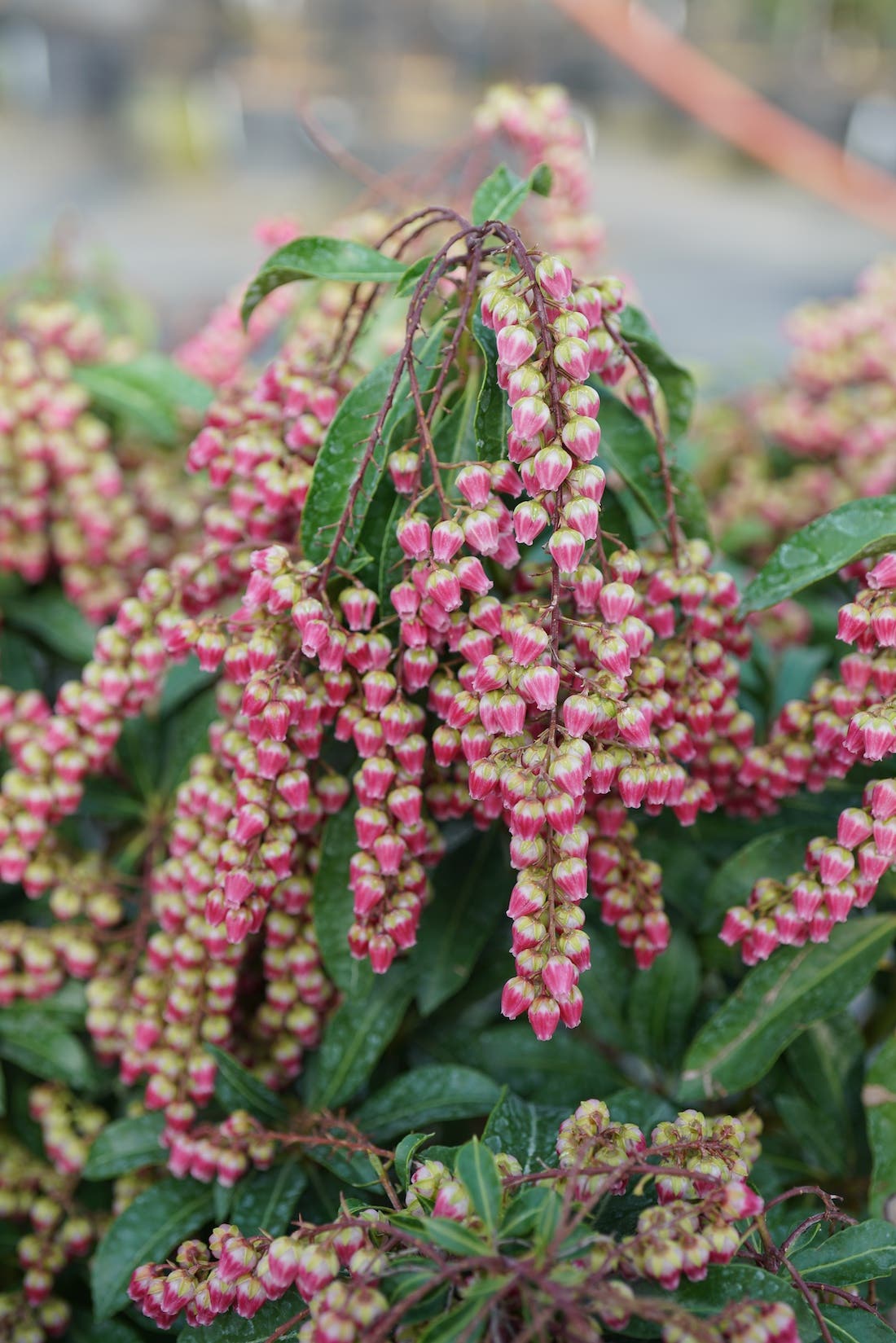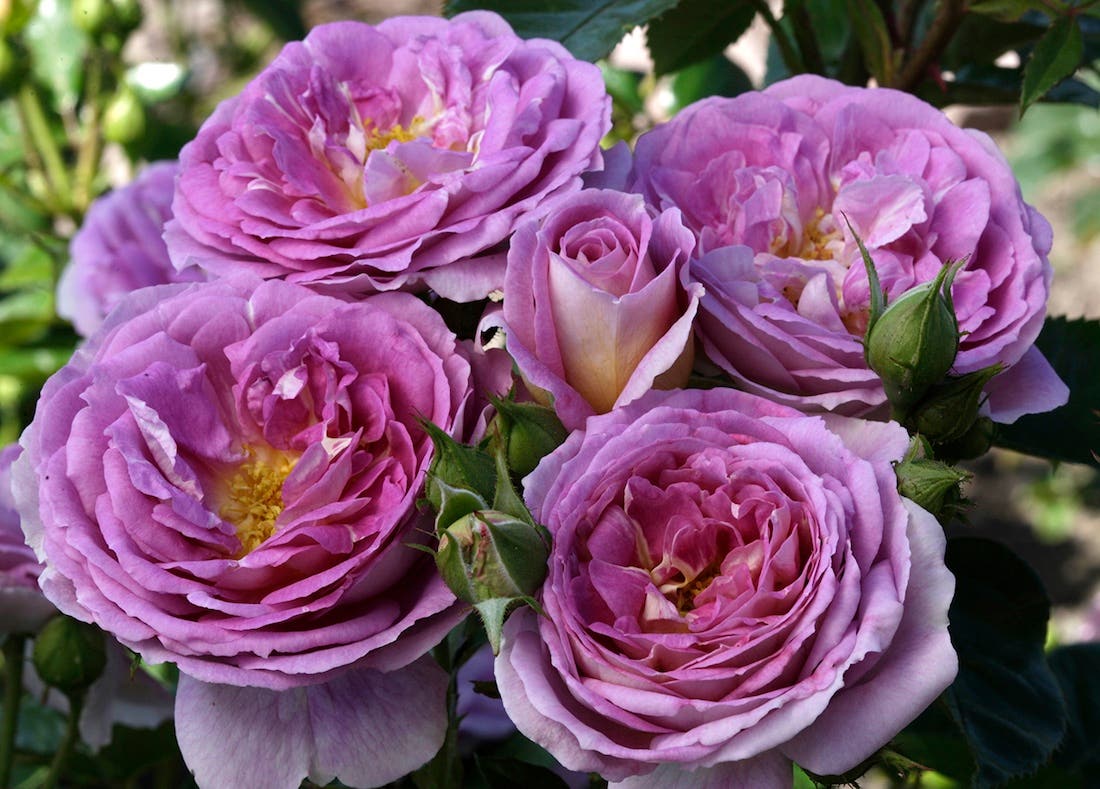Plant name: Muscadine grape, Bullace, Scuppernong, Southern Fox Grape.
Botanical name:Vitis rotundifolia
Location: As with all grapes, muscadines need full sun with good air drainage. If hardiness is questionable, they can be planted against a south-facing wall.
Soil: Muscadine grapes grow well on a wide range of soils but best results are obtained from well-drained sandy loams with a pH of 5.5 to 6.5. They will not tolerate low, wet ground. High pH can be corrected by adding sulfur and thoroughly working it into the soil. The vines are shallow rooted with most of their feeder roots in the top 12 in. of soil.
Foliage: The slightly lobed, 2-1/2 to 5 inch leaves are rounded to broadly ovate with coarsely serrate edges and an acuminate point. Dark green above and green tinged yellow beneath, the leaves are glossy on both sides, becoming firm and subglabrous at maturity.
Growth habit: Muscadines are vigorous, deciduous vines growing 60-100 ft. in the wild. Botanically, they differ in significant ways from other grapes and are placed in a separate sub-genus, Muscadinia. In contrast to most other grapes, muscadines have a tight, non-shedding bark, warty shoots and unbranched tendrils.
Harvest: In most cultivars the grapes in a given cluster ripen at different times and must be individually picked. The fruit also tends to fall when ripe. This tendency to drop can be used to harvest the ripe berries by spreading a tarpaulin or such on the ground and giving the vine a hard shake. Muscadine grapes start ripening mid September to late October. A mature vine can yield 20 lbs. or more of fruit. The grapes keep well, particularly when lightly refrigerated .
Origin: The muscadine grape is native to the southeastern United States, found in the wild from Delaware to the Gulf of Mexico and westward to Missouri, Kansas, Oklahoma, and Texas. Many older varieties were selections from the wild, but the Georgia Agricultural Experiment Station and the U.S. Dept. of Agriculture have introduced a number of improved varieties that have become standard cultivars. The earliest named variety was Scuppernong, found growing wild in northeastern North Caroline in 1810 by Dr. Calvin Jones. Scuppernong has become another name for all muscadine grapes. Commercial production of muscadine grapes is essentially limited to the U.S. Southeast.
Text courtesy of California Rare Fruit Growers, Inc.







